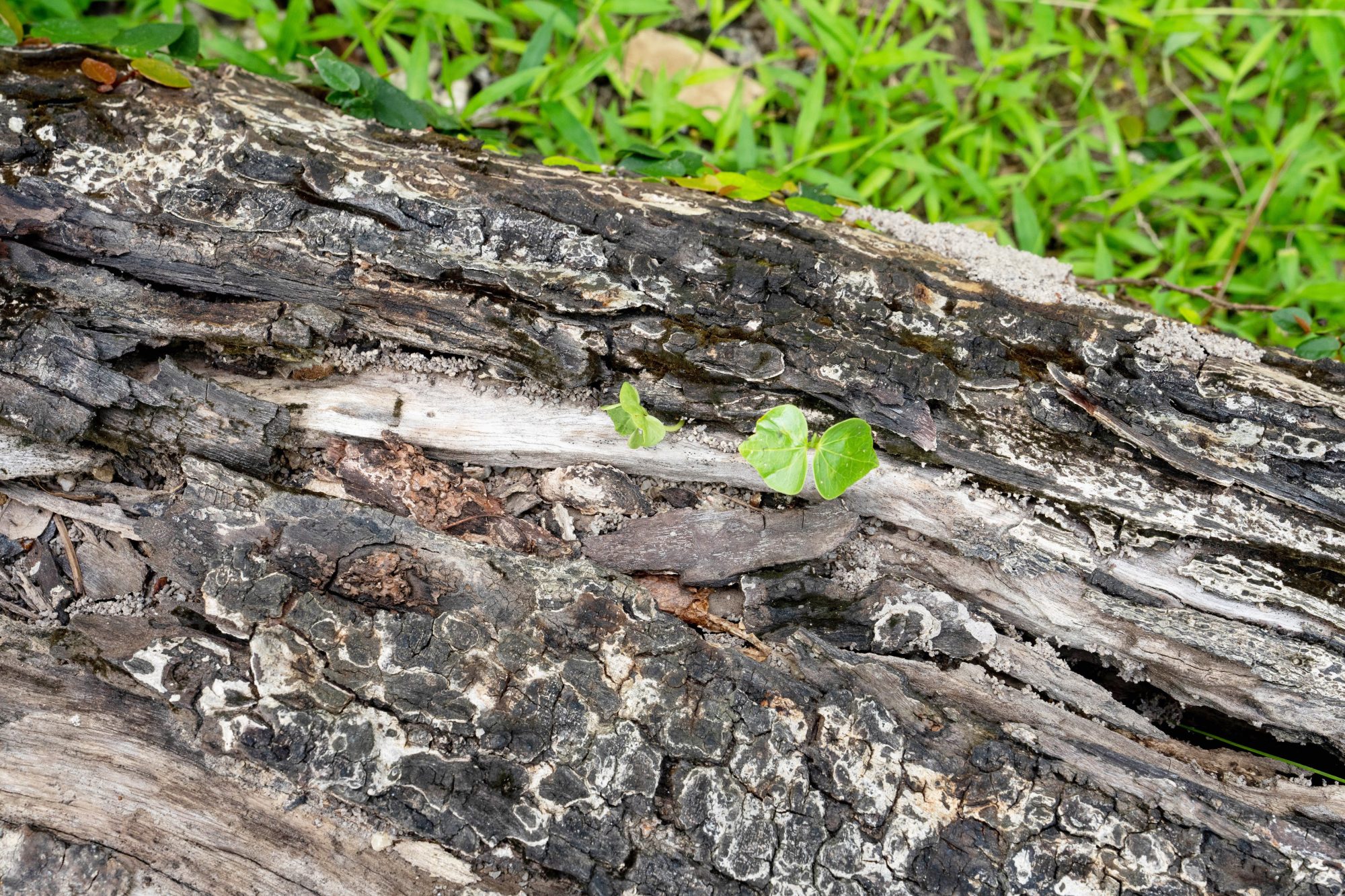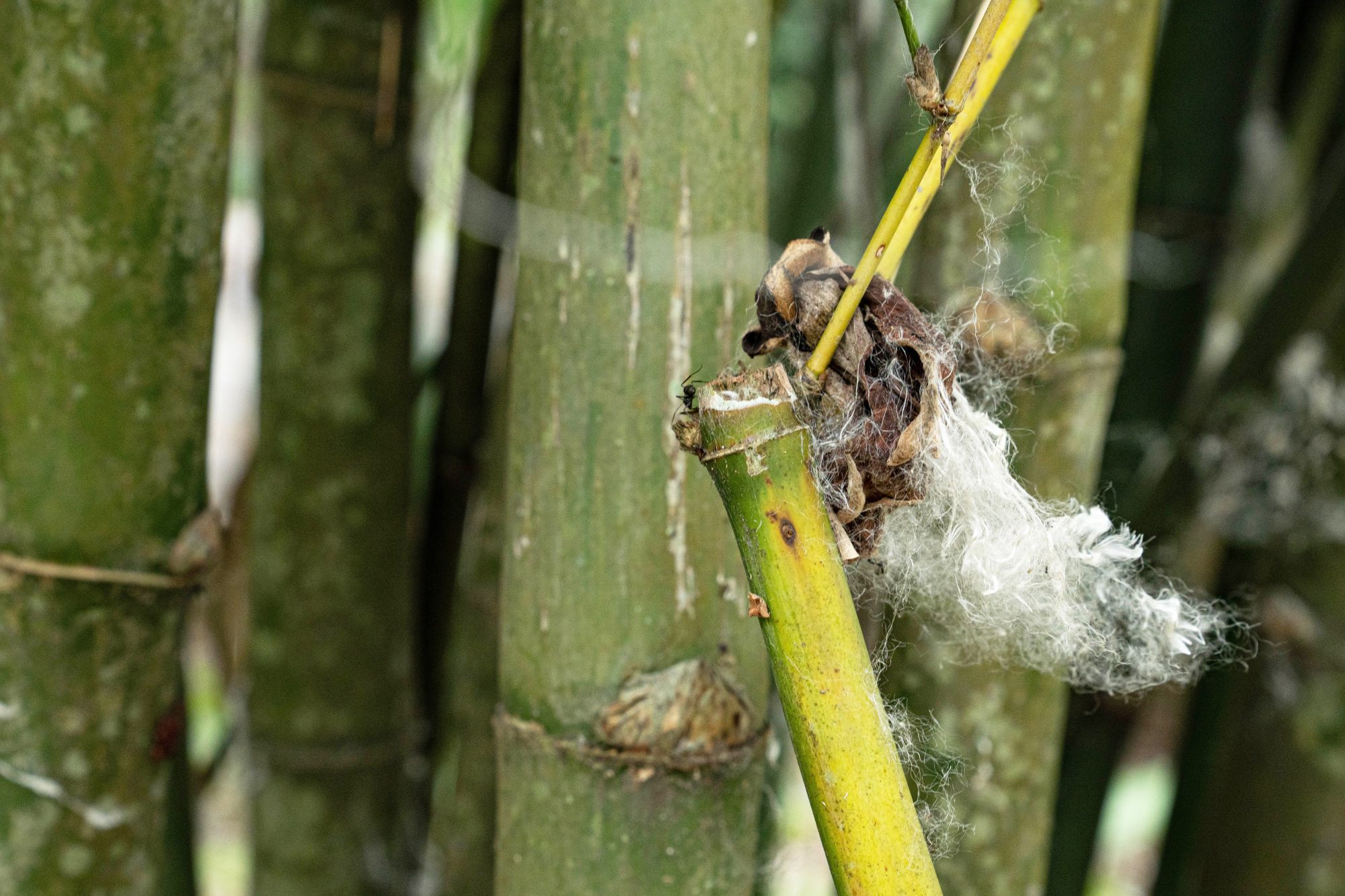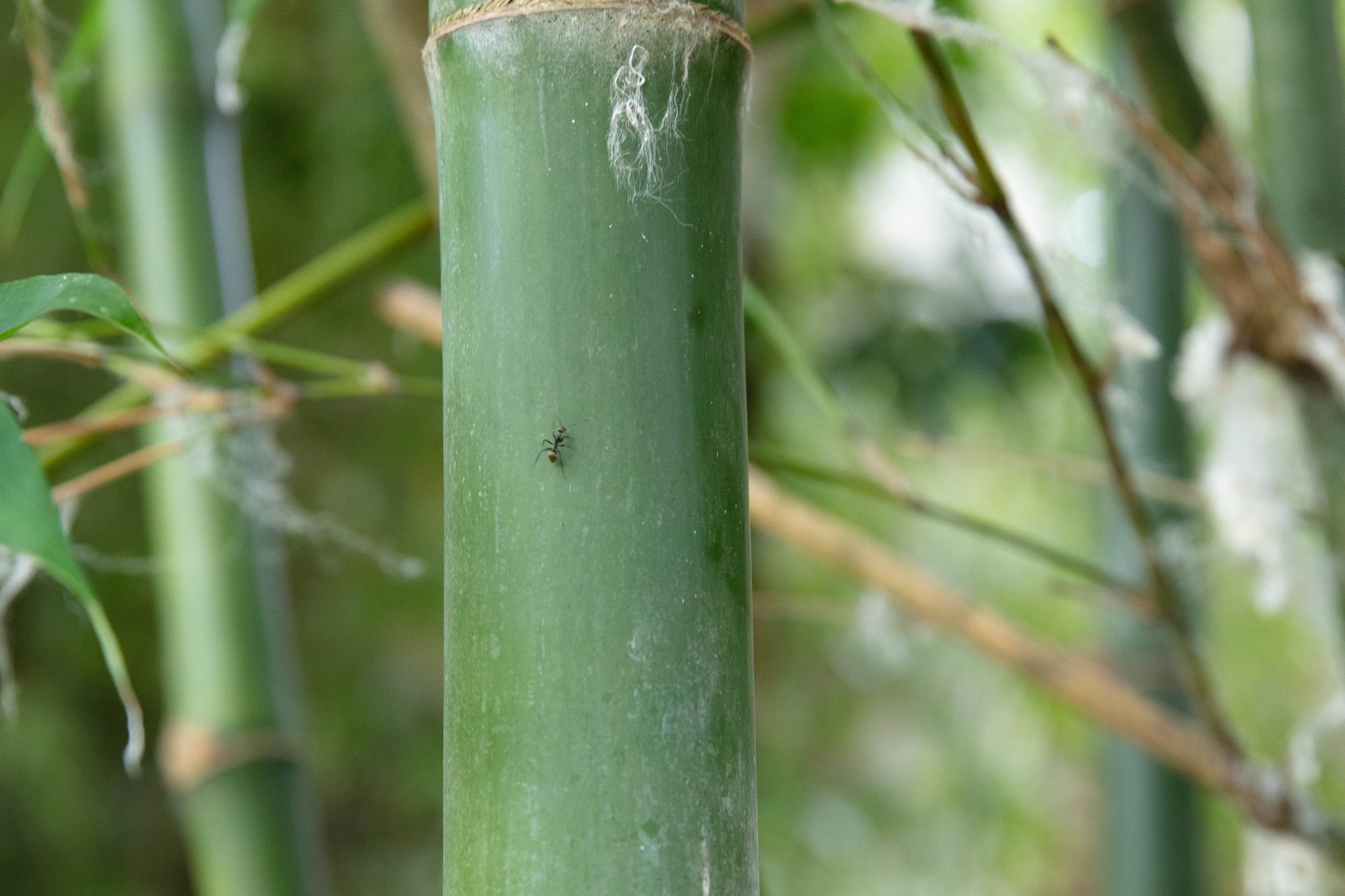
The undesired ant introductions
How some ants become introduced species
Every day, millions of tons of merchandise are being transported around the world by planes, ships, trains, trucks or even in your luggage. But, sometimes, they may contain some unexpected hitchhikers inside, that unknowing, started an emigration journey.
Perhaps you have already heard of the term ‘introduced species’. Introduced species (or alien species, exotic species) refer to species which have been introduced to places beyond their native living range. It may be deliberate (e.g., as food, working animals or pet, or used as a biological control agent against pest in agriculture), or accidental through human activity, particularly through trade and commerce. For ants, partial or even full colony of ants being transported to new places through cargo is the most common mean of accidental introduction. Newly-mated queen may have founded their colony at the corner of the cargo, or inside a tree that happened to be logged, or inside the soil loaded onto a truck together with some harvested crops or potted plants someone bought online. In most cases, these undesired hitchhikers won’t be able to survive and establish in the new territory. But, as these events happen frequently enough, unfortunately, some will eventually succeed.
Successful introduced ant species often have one or more of the following traits: small size, polygyny (more than one egg-laying queen per colony) and colony reproduction by budding (a group of workers and queens with brood leaving their original colony and forming a new colony nearby). Small size means that they are less conspicuous and able to nest in small space, leading to higher chance to be transported undetected. Being polygynous means that the ant colony has higher chance to survive and to quickly increase colony size after being introduced into a new area. Colony reproduction by budding means that the ants have better chance to spread in the introduced range. Some species even show what is known as unicoloniality, which means workers from different colonies are not aggressive against each other, as long as they are from the same species. This would allow them to form massive supercolonies with numerous interconnected nests and millions to billions of individuals, spanning dozens to even thousands of kilometers. One extreme example would be the global supercolony of Argentine ant (Linepithema humile) ranging across Japan, Europe and America. Yes, that is right, some of the Argentine ants from the opposite sides of the globe are part of a single supercolony!
Tramp? Pest? Invasive?
Below are a few terms which also refer to species that have been found associated with human activities and may be used loosely interchangeably with ‘exotic species’ or ‘introduced species’. However, strictly speaking, their meanings do not fully overlap:
- Tramp species. This refers to species that have been found associated with frequently disturbed habitats, such as urban parks, forest edge, managed forest or plantations, urban environment and households. A species can be a tramp species but not an exotic species, for it may already be commonly found in disturbed habitats or urban environment in its native range but has not been introduced to anywhere else (though it may just be a matter of time).
- Pest species. This refers to species that have become a source of nuisance to people. They may be either household or agricultural pests. Household pest can be found nesting and foraging in buildings and household, and may partially or fully dependent on human for food. Besides their presence within houses which can be perceived as an annoyance, sometimes they can nest around electric wires and create short circuit, or even carry pathogens around. Agricultural pests damage crops directly, or indirectly by tending and protecting other sap-sucking insects (such as aphids) in exchange for honeydew. Like tramp species, species can already be a pest species without being introduced to a new region beyond its native range.
- Invasive species. This only refers to species that have a profound ecological impact on the native fauna and flora following their introduction. Their impacts may be direct on native species, through competition or predation, or indirect by forming mutualistic relationship with other invasive species. Fortunately, the majority of introduced ant species do not become invasive (only about 16 out of ~500), for they may only form small colonies or have a relatively cryptic lifestyle, and thus have little impact on local ecosystems. However, for introduced ants with high level of aggressiveness, or in an environment where introduced ants face little to no competition (such as on small islands), they may become invasive and drastically alter the local ecosystem.

Hong Kong, as a major trade hub for over a century, has become a hotspot for the establishment of introduced species and their spreading into nearby regions. There are currently over 40 reported introduced ant species in Hong Kong, with the earliest record of an introduced species being in the early 20th century. Due to the long history of introduction, many of the introduced ants are well-established in Hong Kong and can be found throughout the territory, including on numerous islands. While some species may be known as household pest, most of them do not have a profound impact on the local fauna. One exception is the infamous red imported fire ants (Solenopsis invicta) detected for the first time in Hong Kong in the early 2000s.

